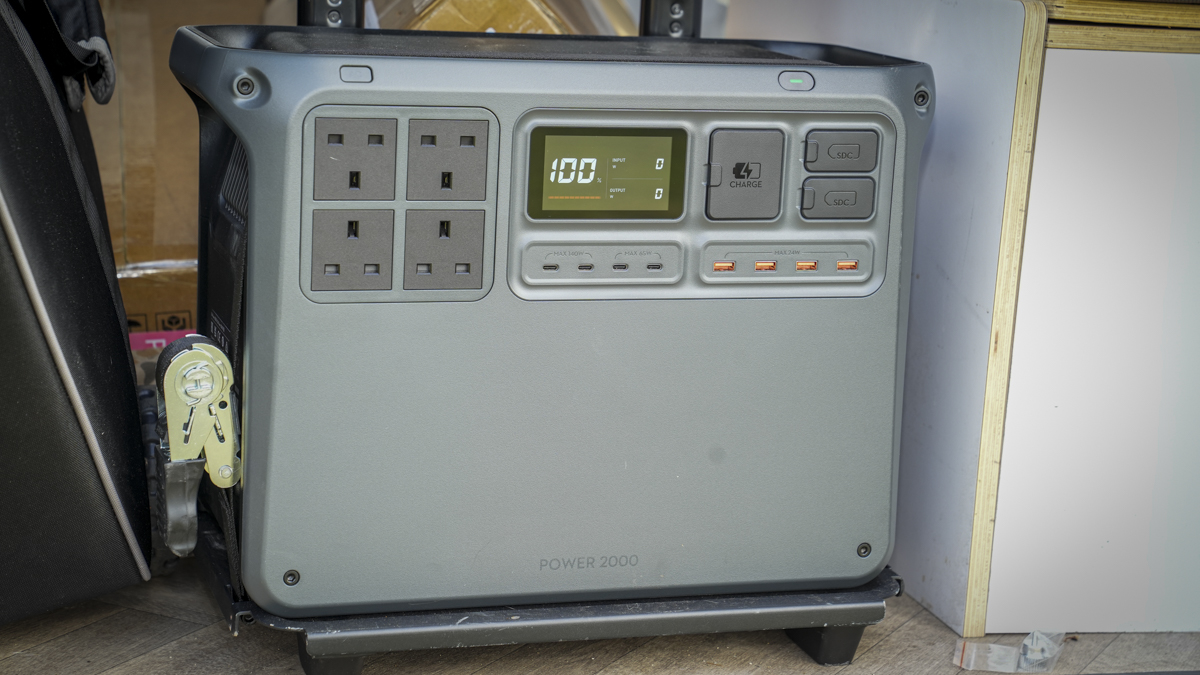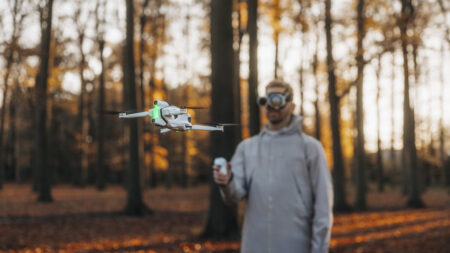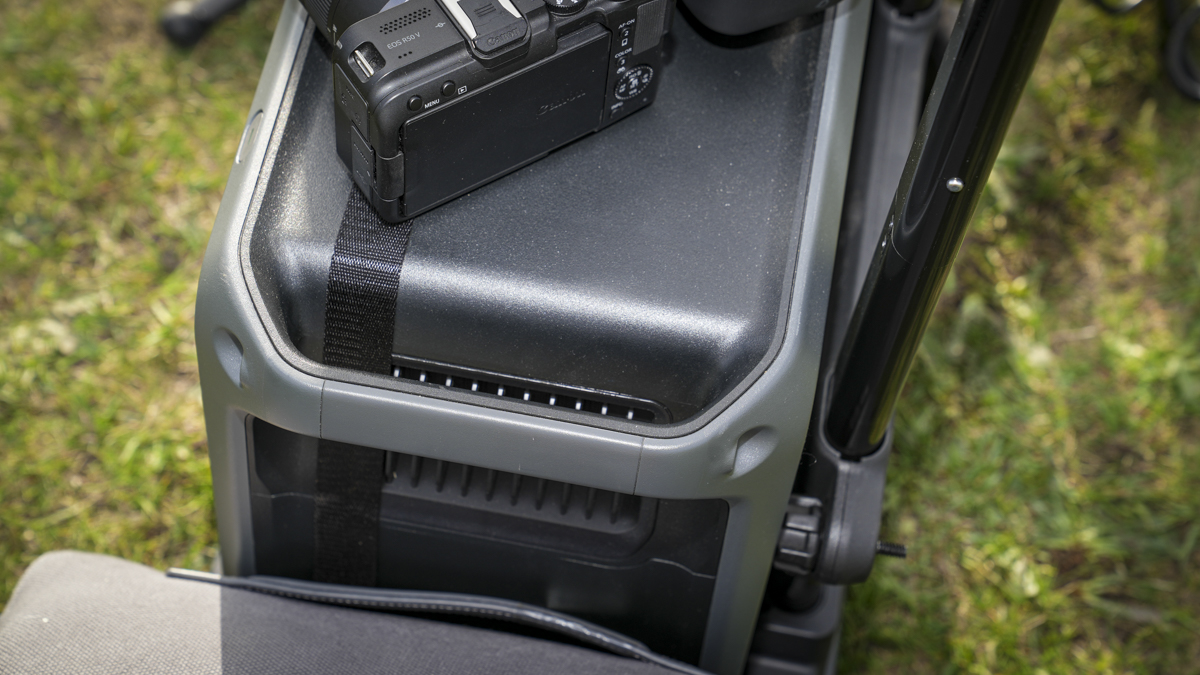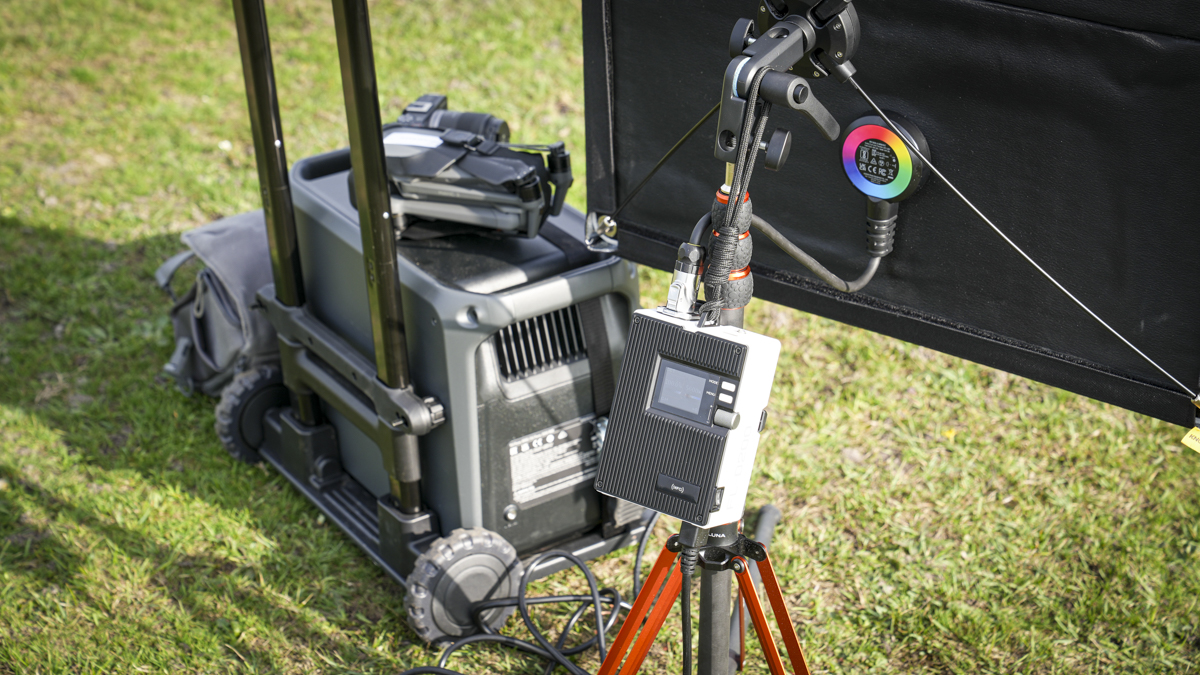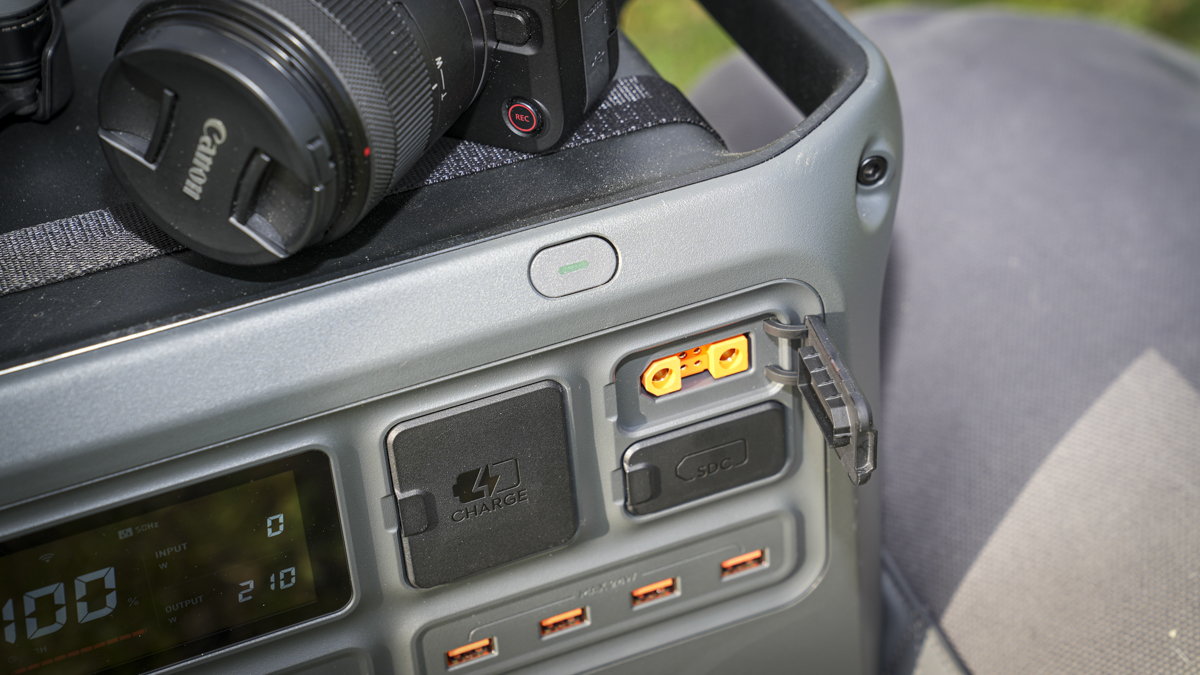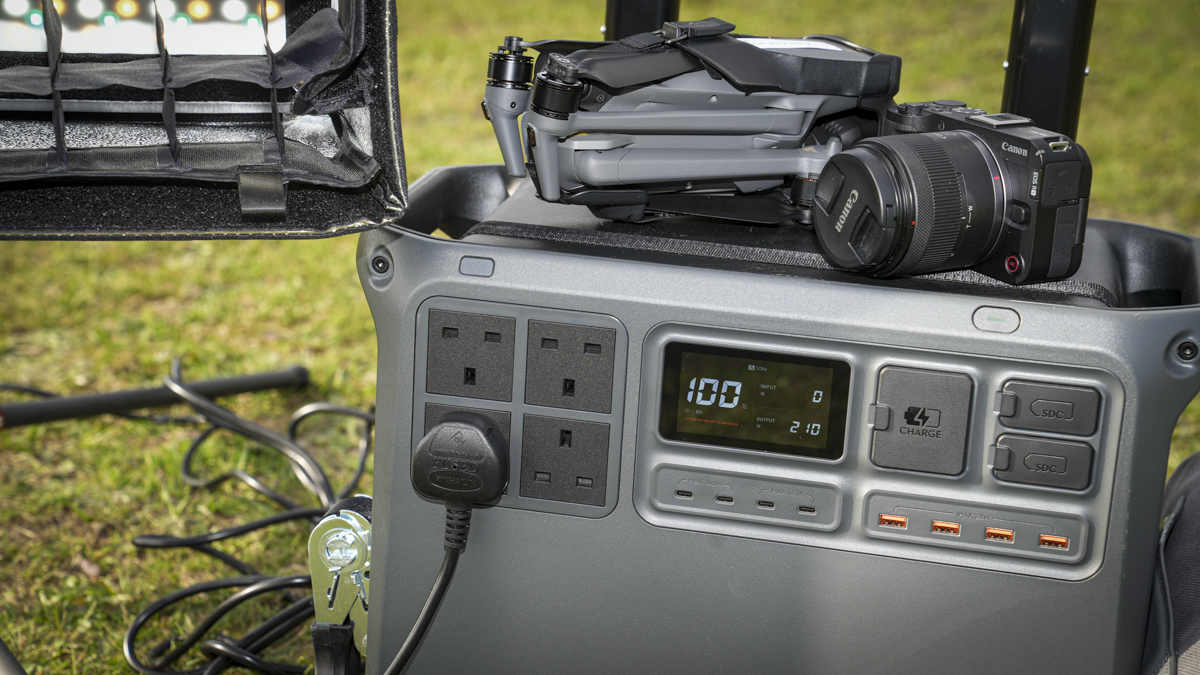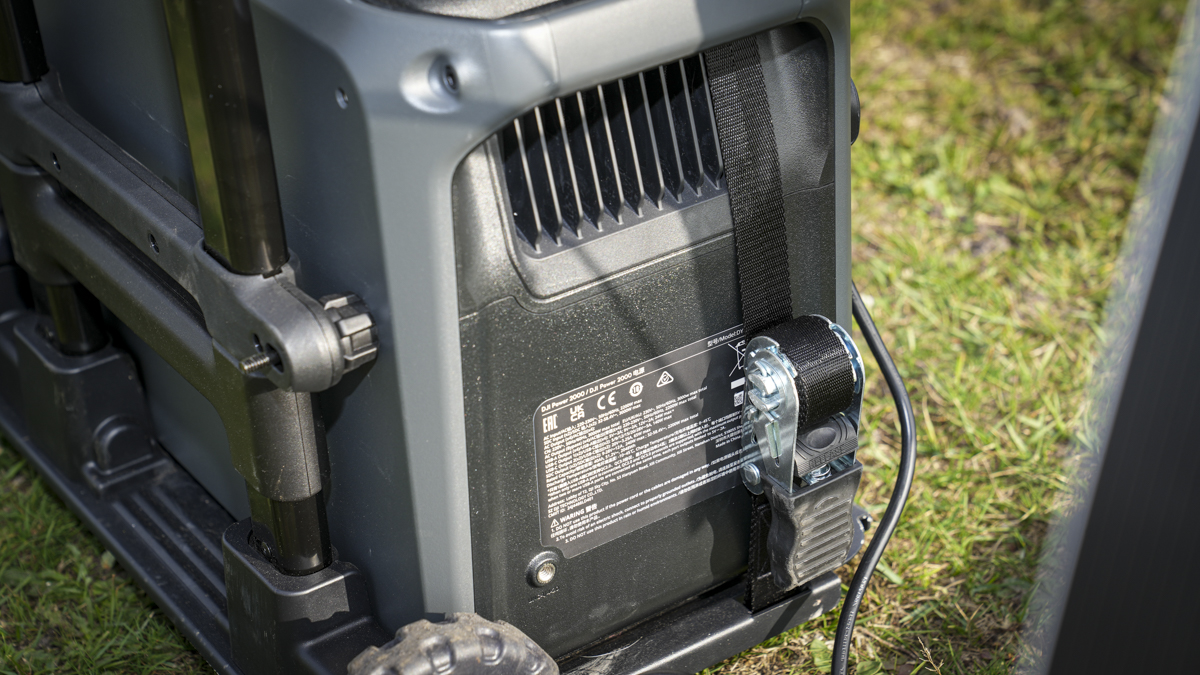The power station market has been rapidly expanding in recent years, with the size and weight of the units reducing while capacities have increased. While most power stations are still aimed at the camping sector or those looking to go off-grid, either for a van life lifestyle, taking a studio, workshop or outdoor office offline, or more commonly as an uninterruptible power supply (UPS), the DJI Power 2000 is capable of all these, but also has a more refined aim.
Firstly, meeting all the demands of every other power station on the market, it features a decent 2KW capacity. Most households will consume between 8 and 10KW a day, just to put that in perspective. What marks the Power 2000 out against much of the competition is the maximum output that it’s capable of supplying to devices. Every device has a power draw, such as the Mac that I’m using at present, at 100W, and the two Godox RS60R units that I have charging on the desk, which is about 45W per unit. These devices are all relatively small in power requirements, but when you switch to toasters and kettles, two essentials when I’m out on site, or at least the kettle is, and the toaster is something I’d like to take but may be an extravagance too far, that’s a different matter.
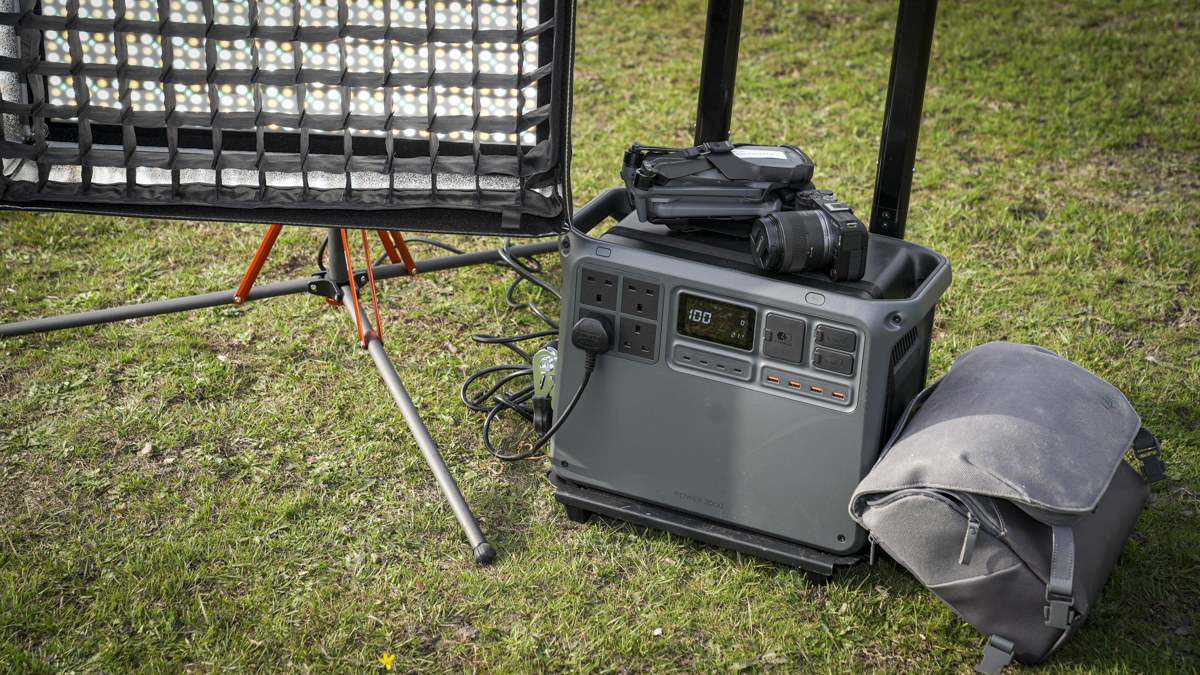
That aside, both have a power draw of between 2000 and 3000W, far in excess of most power stations I’ve tested over the years, but just within the limits of this one. This makes it an ideal solution for use in the field or at home.
Obviously, being from DJI, photographers and videographers are the main focus, and the four AC socket points and array of other connectors make it a great power source when out in the field. If you’re looking for on-site power, then this is the most finely tuned power station for photographers’ needs presently on the market.
What really makes it stand out is the special connectivity that it has for DJI drones, enabling a fast charge, making this an essential for anyone flying DJI drones professionally.
The other major point about the battery is that you can use it as a power backup. Wire it into your mains. There is actually a bit of DJI electronics to enable this, and you can quickly expand the system, using it as backup power for your house if the electricity gets cut, or in a workshop as a continuous power solution. So, if you have 3D printers, etc, running, the print process isn’t broken.
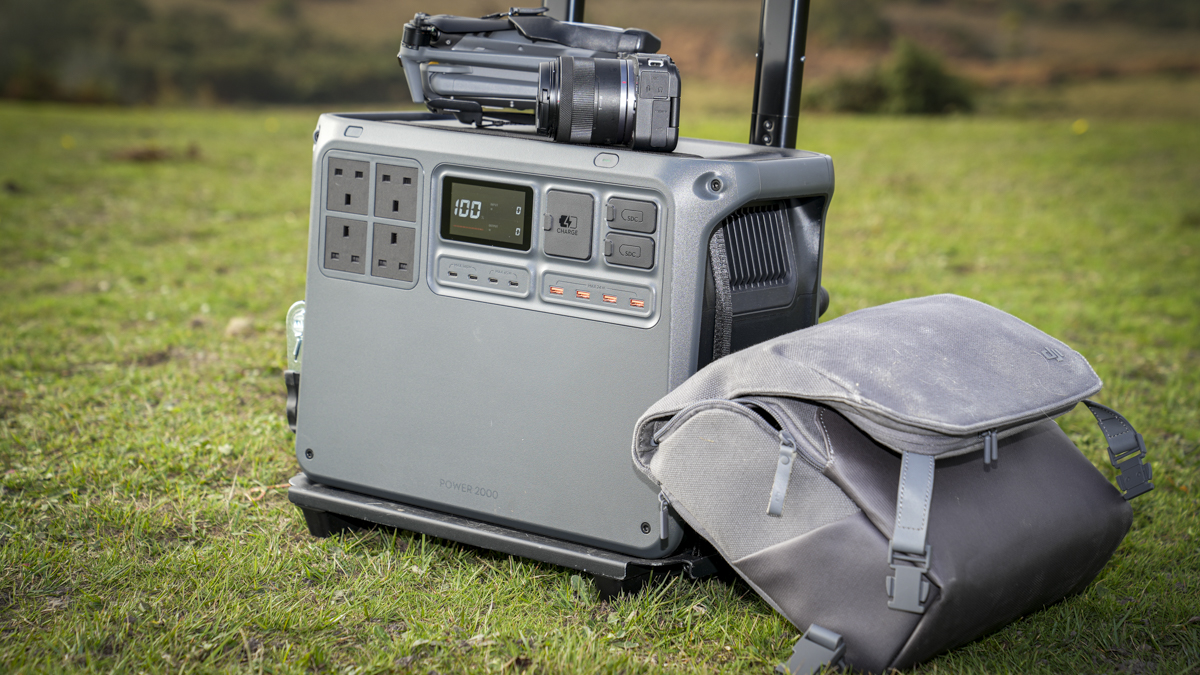
2Kw, while a great deal out in the field, is quite a bit, at home, with that 8–10Kw of power draw, that capacity will quickly run out. Thankfully, there is the ability to increase the capacity by adding additional batteries with a maximum capacity of 22,528Wh.
On the surface, the DJI Power 2000 looks to be a great solution for home, backup power, and on-site power, and if the Power 1000 is anything to go by, this bigger version should be a real asset on-site.

